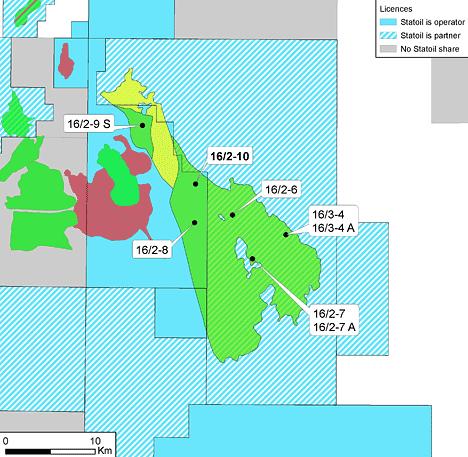
OPEC has decided not to cut output, despite record levels of crude in inventories and weak demand forecasts, with some cartel members believed to have ignored previous commitments to cut.
OPEC sees no need to change its guidance to oil exporters – even though oil prices are hovering around a six-month high of $63/bbl. At their meeting in Vienna members agreed stick to the current levels of output, despite oversupply, with OPEC Secretary General Abdalla Salem El-Badri, saying the organization is looking to foster economic recovery.
”The market is oversupplied, but we are seeing a light in the end of the tunnel. There is a slow recovery and we don’t want to send the wrong signal to the economy.”
With recent production cuts of 4.2 million barrels per day, OPEC members lost revenues totaling $400 million Al Badri says.
Some countries can’t withstand such losses and have exceeded their quotas – undermining OPEC’s authority,



